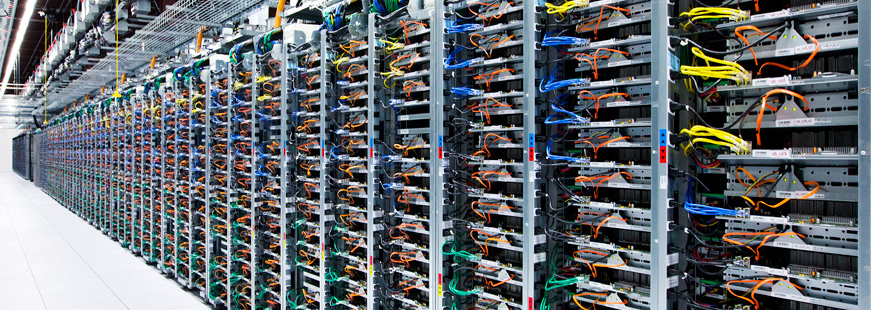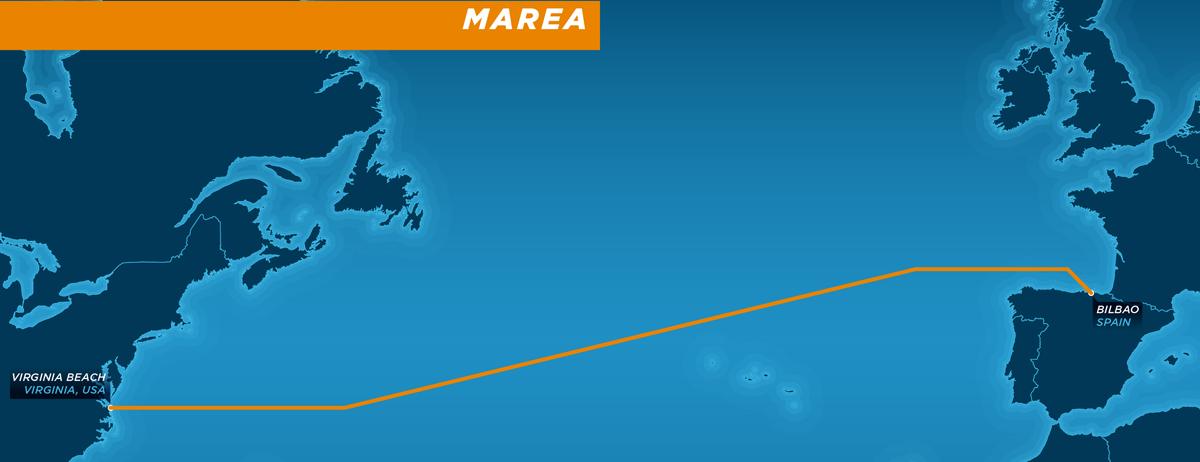Internet content providers repeatedly make the point that they are not telcos and, as such, are not interested in optical networking equipment designed for telcos and their operational practices and constraints. Instead Internet content providers require DCI equipment designed for their specific needs: compact and stackable form factors, small number of “telecom” features, spectral efficiency for maximal utilization of the fiber plant (whether owned or leased), competitive price-per-bit performance, low power consumption per bit, streaming telemetry data, simplified provisioning (for the sake of speed), encryption, unamplified reach (for metro or campus applications), and simplified equipment configurations. In response to these requirements, some vendors started to develop new products optimized for DCI applications, being understood that some of the features required by Internet content providers will benefit other users in the optical communication industry.

Connectivity wise, networks interconnecting data centers significantly differ from their telecom counterparts. While traditional telecom networks are based on a dense, mesh design with many traffic locations and plenty of owned dark fibers available, data center networks are sparser networks with very few traffic locations (requiring long all-optical reach), and generally making use of fibers leased between sites (requiring maximal fiber capacity).

The need for specific connectivity is clearly visible for subsea cable systems. Subsea cables were once the exclusive domain of the major communications service providers (one champion per large countries 20 years ago). Then the Internet content providers entered the picture by leasing services on international submarine cable systems. The next move for the Internet content providers was to participate in large subsea cable consortia led by communications service providers. This phase was still dominated by the communications service providers’ thinking and choice of system design and landing points. This is now changing with several examples of Internet content providers clearly in the driving seat for designing the subsea cable system and choosing the landing sites that best for their needs (the new MAREA subsea cable system, wanted and owned by Facebook and Microsoft, is a perfect example of this evolution). Internet content providers’ objectives are straightforward:
- Build new subsea cable systems to directly connect their global data center operations with the shortest path for minimal latency;
- Optimize CapEx by having a direct grip on the cable system construction;
- Minimize OpEx by applying their operational practices instead of being “held hostage” by telco-owned subsea cable consortia.

